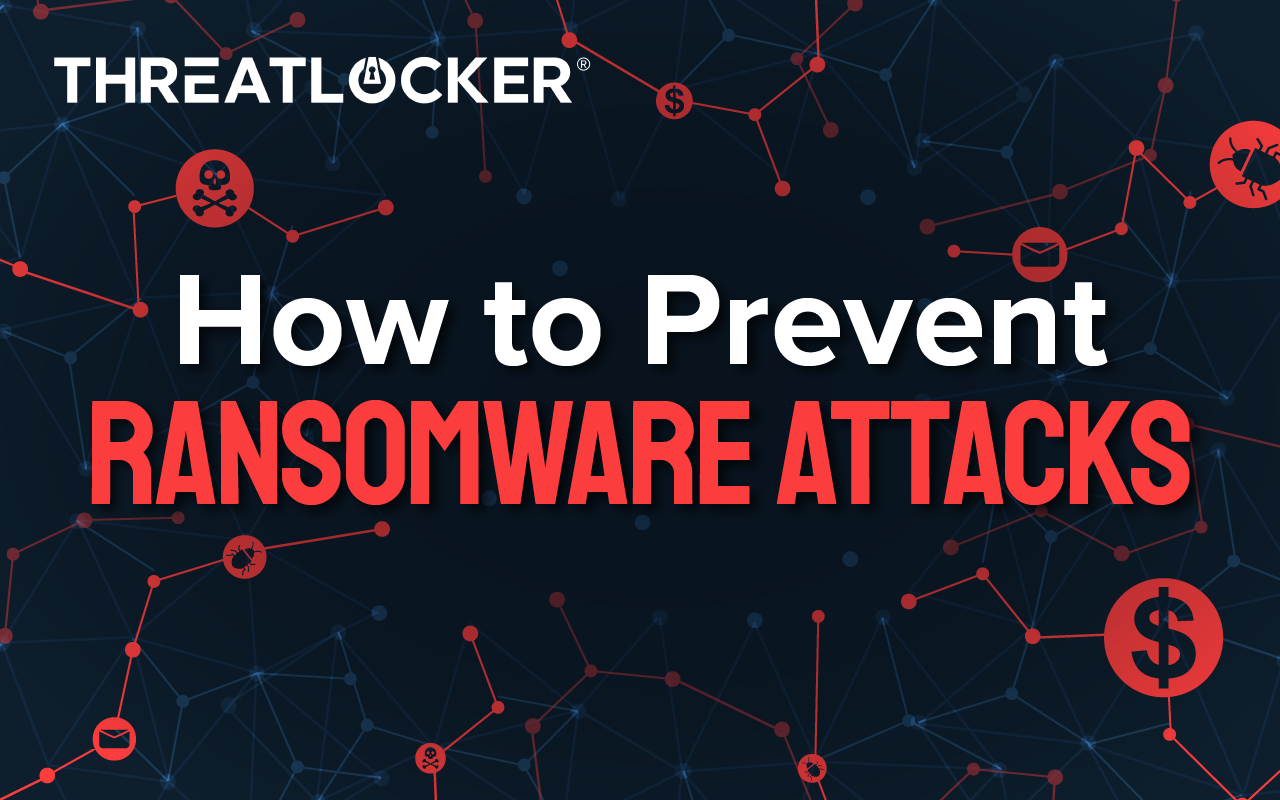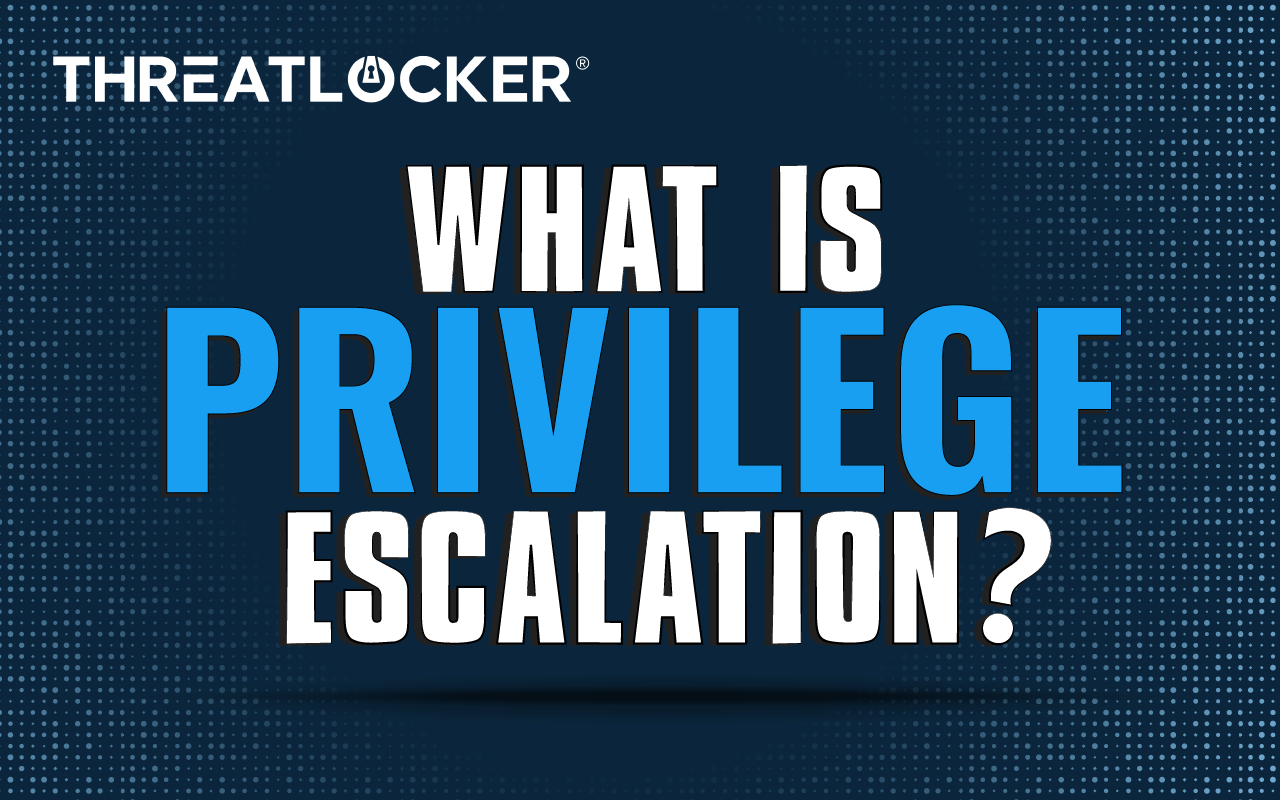
The Evolution of Endpoint Security
Table of Contents
The First Computer Virus
The first major cyberattack was the virus “Morris Worm” in 1988 which infected roughly 10 percent of all networked devices globally. It was because of the Morris Worm virus that the world opened its eyes to the idea of hackers and the importance of cybersecurity. Now, almost 40 years later, the internet has become scoured with malicious users from individuals on the dark web, ransomware groups, and even nation states utilizing the internet for offensive tactics.
Antivirus Tools (AV)
Cyberattacks increased dramatically around the world in the 1980s, and by the late 80s, they had influenced the development of several antivirus companies. AV tools conduct signature-based inspections for every new file and software entering a machine to determine if it is malicious. These signatures are compared to known existing malware. If the signature rings similar to known malware, the antivirus will react by alerting the user/admin team and take steps to remove the malware. The problem with AV is that it uses lists of known malware which must continuously be updated. This approach to identifying risks is faulty because new malware is created every day.
Next-Generation Antivirus (NGAV)
Next-Generation Antivirus (NGAV) is a more advanced version of normal AV, even leaving AV with the title “Traditional” or “Legacy” AV as a way of acknowledging that it is becoming outdated. NGAV differentiates itself from traditional AV by utilizing machine learning and artificial intelligence to analyze behavioral patterns within a device. Upon pairing these abilities with the standard list of known malware, NGAV can detect both known and unknown threats.
Endpoint Detection and Response (EDR)
Endpoint Detection and Response (EDR) tools are comparable to NGAV in that they both employ artificial intelligence, machine learning, and behavioral analysis. However, EDR is more advanced than NGAV in that it measures the impact of cybersecurity incidents and can be programming with automated responses to incidents. EDRs inspect things like files and software, the number of invalid logins, the use of good tools like advanced IP Scanners, and the creation of domain admin accounts. These tools take into account these behaviors, and others, to build a pattern beyond just looking at a file. If a threat is confirmed, EDRs can be automated to mitigate the threat by removing it the best it can. EDR tools can even investigate an environment and report what has happened during an incident.
Zero Trust – The Future of Endpoint Security
Zero Trust takes a completely different approach from other cybersecurity tools and mindsets. Enacting Zero Trust reduces the surface area of attack within an environment by aligning with least privilege principles. ThreatLocker, and other Zero Trust tools differ substantially from detection tools like AVs, NGAVs, and EDRs by applying a Zero Trust approach to cybersecurity that blocks new software from running, how users and applications interact with data, and what enters your network. All these, among other things, are denied by default until they are explicitly allowed after being verified as something that is necessary for an organization’s operations.
Rob Allen, Chief Product Officer of ThreatLocker, breaks down what Zero Trust is and how it is an asset to any multi-layered cybersecurity strategy.
New malware is created every day, and when combined with user error, phishing, and vulnerability exploits, nullifies the effectiveness of detection tools to secure an organization by enabling organizations to prevent cyberattacks from executing within their environment.
As time goes on, it is vital that IT professionals implement a tool that can keep up with the growing threat of threat actors constantly evolving their methods of attack. IT professionals are encouraged to enact a multi-layered cybersecurity approach that entails the reactive abilities of a detection tool, and the proactive, preventative abilities of a Zero Trust tool, framework, and mindset.
To learn how the ThreatLocker Zero Trust Endpoint Protection Platform can prevent a cyberattack within your organization, reach out to a Cyber Hero Team Member today.




